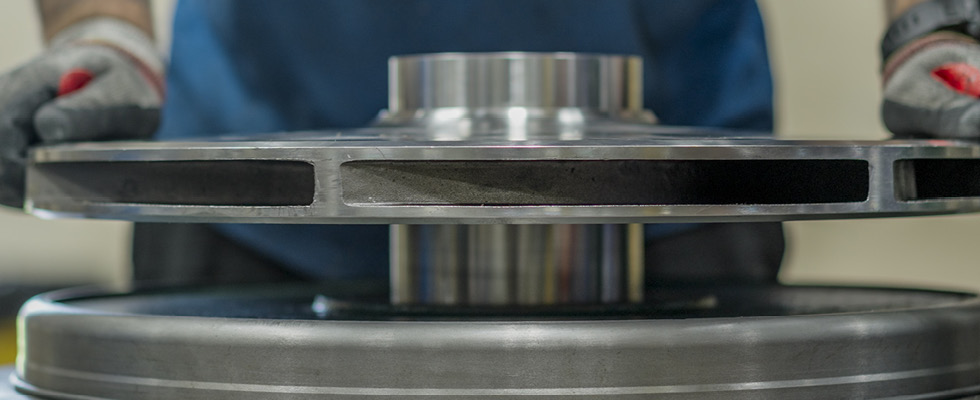
Pumps are highly engineered machines that utilize many moving parts—and each part matters. A pump failure, urgent repair or even minor maintenance issue due to a faulty replacement part can bring operations to a standstill, resulting in lost revenue. To avoid pump downtime, engineers need to stay on top of pump maintenance and make repairs with replacement parts that maximize the performance of their equipment.
So how do users find the best replacement parts for their pumping systems? For most engineers, the decision comes down to availability and cost. Yet, there is more to consider when sourcing the right parts. Engineers should consider the three Fs—form, fit and function—to keep their pumping systems running strong.
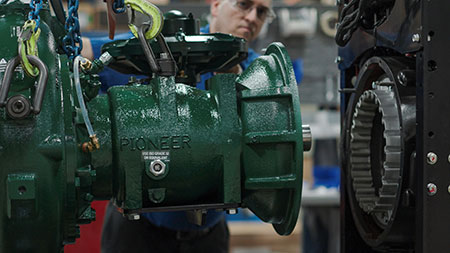
The Form: Precision Manufacturing
Replacement parts are available from both OEMs and third-party vendors, and due to the high availability of these components, parts are often mistaken as commodity products. However, a part’s appearance can be deceiving; the naked eye cannot detect quality control issues that can negatively affect an engineered component like an impeller, shaft or a volute. For example:
What quality control testing was done on the part? When selecting an OEM part, users get a level of quality control that matches that of the original equipment. OEM engineers have researched, tested and approved the materials and construction methods used for the component, and they have evaluated the performance of the component across a variety of environmental conditions and hazards. An OEM part is the original part the pump was designed to use. If the manufacturer has made hydraulic revisions since the original equipment purchase, OEM parts may offer the system an upgrade in performance.
What materials were used to make the part? Is the part cast iron or stainless steel? Does the grade of the stainless steel match what was used in the original part? An OEM will be able to answer these questions since the replacement part will come from the same manufacturing line as the original. All parts are produced alongside the same components that went into the original equipment. This means users get critical replacement parts manufactured to their equipment’s proven production tolerances and performance ratings using the same quality materials they trust to perform.
How was the part manufactured? Was it cast correctly or cooled too quickly? Casting certain engineered parts—such as an impeller—requires a level of precision that is hard to replicate. Incorrect surface contours, angles or shapes can lead to reduced system performance, even if those tolerances are only off by a minuscule amount. Outside of obvious surface defects, inferior casting is impossible to detect just by visually inspecting the part, but it can lead to equipment failure, potential safety issues and costly downtime.
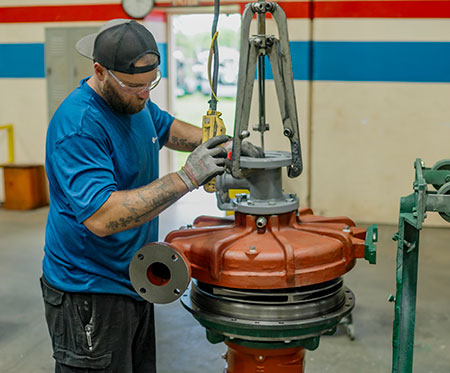
Correct part fitment is measured in microns, meaning manufacturing quality can’t be judged just by whether a part fits. Often, pumping system operators won’t know how well a part fits until the pump is reassembled and the system runs again, so sourcing trusted parts to meet the correct tolerances should be a top priority. The Fit: Streamlining Repairs
While replacing certain parts such as a paper gasket may seem simple, the wrong part can create a snowball effect of other parts not fitting or not operating correctly. An impeller mounting surface that is off by a fraction of a millimeter or replicated at the wrong angle will be impossible to install correctly. When selecting replacement parts, consider that OEM parts are standard for equipment. They fit before, and they will fit again, helping to streamline repairs. Since reduced mean time to repair leads to less downtime, this reliability can be priceless.
A proper fit also means less risk for part failure. While engineered parts are often the focus of conversations regarding replacement parts, even seals and gaskets can lack the quality needed to get the job done. The manufacturing tolerances on some products, such as hydraulic seals, can create fit and premature failure concerns. If a seal does not fit properly or uses materials that are lower quality, it can lead to leaks. When those leaks contain wastewater or oil, it results in environmental issues and cleanup. An additional consideration when selecting parts for system repair is that using third-party components may void warranties. If a user puts in a bad seal and it leads to a catastrophic failure of the pump, will a warranty cover it? Check the terms and conditions of the warranty to determine if the use of non-OEM parts will affect the ability to make a warranty claim in the future.
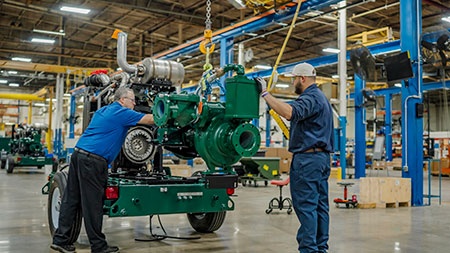
Routine service and maintenance on parts that are prone to wear are essential to the daily operation and long-term performance of a pumping system. The Function: System Optimization
A bad fit does not just make it harder to repair a pump; it can also lead to function and performance issues, including lower pump output and more vibration. Vibration can create unnecessary abuse and wear on the system, leading to reduced mean time between repairs or premature pump failure. Dimensional deficiencies can also cause the pump to not hit the performance range it was engineered to deliver.
These concerns factor into the cost of the part and the life span of the equipment. While some OEM parts may cost more than third-party parts, they will last longer and optimize the system, equating to operational benefits. Additionally, OEMs have replacement parts readily available since the manufacturer is also using those parts to build new equipment. This makes it easier and faster to get the desired service parts.
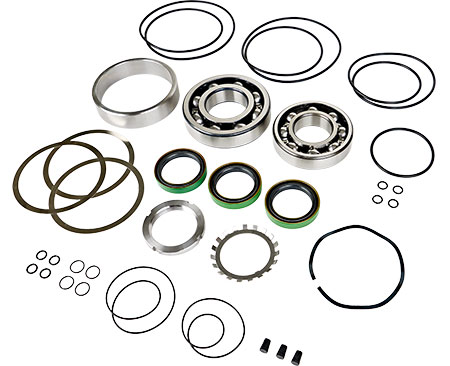
Even a basic maintenance task of a pumping system often involves a complex number of parts. Packaged options can help streamline the order and refurbishment processes by ensuring every part is on hand during the downtime period. Kit Options Simplify Maintenance & Operations
Routine service and maintenance on parts that are prone to wear are essential to the daily operation and long-term performance of a pumping system, and engineers are often tasked with keeping parts on hand for the most common repairs. Part kits can deliver these common parts in a streamlined pre-packaged solution that is ready to ship with other major components via a single part number.
By keeping a repair kit stocked, users reduce the number of inventoried individual parts, boosting the overall operational efficiency of their site. Since some pumps require all elastomers be replaced at the same intervals to ensure top performance and limit loss of vacuum pressure within the system, kitted solutions can be kept on hand and ready for when users need them—making service time faster and easier. Check with the pump manufacturer for kits that include gaskets, seals, valves and washers.
To get the best performance and life from a pumping system, remember that every part matters. A part’s form, fit and function all factor into part quality. An OEM part may cost more initially, but the return on investment will equate to less downtime, better performance and longer equipment life.

